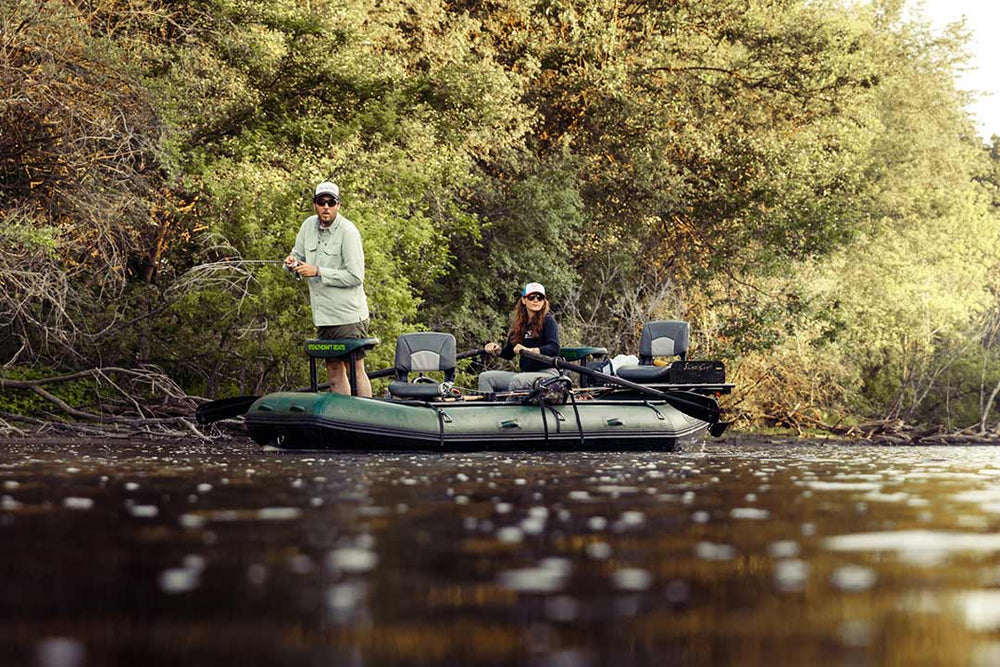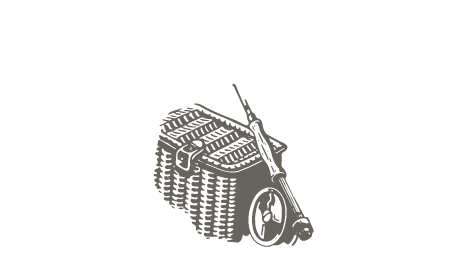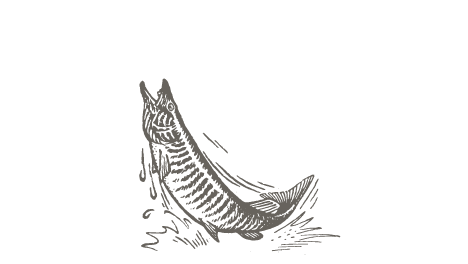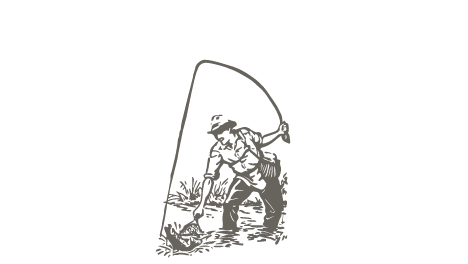Winter Trout Fishing Report and Tips: Why Big Streamers Are Worth a Shot
If you’ve been itching to get out on the water for some winter trout action, now might be the time to lace up your wading boots. Recent conditions across our local creeks show low, clear water with fishable stretches and some shelf ice in slower sections. When these winter trout slip out of their deeper wintering holes and into faster water, they’re doing it for one reason—food! Below, we break down the latest fishing report and share tips on how to capitalize on these conditions.

Creek Conditions: Low, Clear, and Spooky
Despite the winter chill, most sections of the creeks are open, though shelf ice and fully iced-over slow pools are still common. With the water running low and crystal clear, fish can see (and be spooked by) just about anything. That means stealth is critical: keep your profile low, wade carefully, and approach the fish quietly. If you’re getting too many refusals or fish scattering before you even cast, consider moving to larger, slightly deeper sections of water. Bigger pools can help reduce fish spookiness by offering more distance between you and your target.
Winter Trout Behavior: On the Move
A slight winter warm-up has trout leaving their deep wintering holes and sliding into shallower, faster runs. Why? Because if they’re spending the energy to move, it’s to feed. While you’ll still see a lot of fish hunkered down in slower water, pay attention to any midday temperature bumps. Even a small change can spark a brief feeding window.
Sparse Midge Hatches
Around midday, a few sparse midge hatches were spotted. If you’re a nymph or dry fly devotee, this is your cue to downsize your tippet and present small midge patterns. Don’t overlook the chance at a subtle topwater take on those calm winter afternoons.

Streamer Game: Bigger Is Better (This Time)
Contrary to the usual “downsize in clear water” mantra, the big surprise this outing was that larger streamers in the 4–5 inch range were actually triggering reactions. The crew experimented with sizes from 1 inch to 5 inches but got zero love on the smaller stuff. In these conditions, the big meals seemed to pique the trout’s curiosity and aggression, especially when swung or stripped through those faster, shallower lanes.
Recommended Streamers
- White Streamers! – The clear winner, enticing a brown trout to rise within a foot of the surface to eat!
- Articulated Streamers – Patterns with added movement can be deadly in cold water, as they stand out and provoke reactive strikes.
Remember, while big streamers worked well this time, stay prepared with various sizes. Conditions can change fast, and trout can be fickle day to day.
Nymphing Opportunities
Although the team focused primarily on streamer fishing, don’t overlook the high-probability nymphing holes—deep runs, tailouts, and near structure. With midges around, a small midge or pheasant tail nymph could be just the ticket in clear water. Nymphing can be especially effective if the bite slows down or if the fish seem less inclined to chase streamers.
Gear Up and Get Out There
This latest winter trout report showcases the importance of being adaptable:
- Check conditions (shelf ice, water clarity, flows) before heading out.
- Vary your fly selection—sometimes big streamers spark interest in clear water.
- Stay stealthy—low water means spooky trout.
- Watch for midday hatches—midge patterns can be a game-changer.
If you’re in need of new flies or gear, Musky Fool can hook you up with everything from streamers to the right rod and line setups. With the creeks showing signs of winter feeding patterns, now is a great time to take advantage of the active fish. Dress warm, tread lightly, and see how those big flies fare in clear, chilly waters. You might be surprised at the results!
Tight lines and happy fishing! Get out there, enjoy the winter scenery, and remember—sometimes going big is the secret sauce to hooking those wary trout.







Dejar un comentario